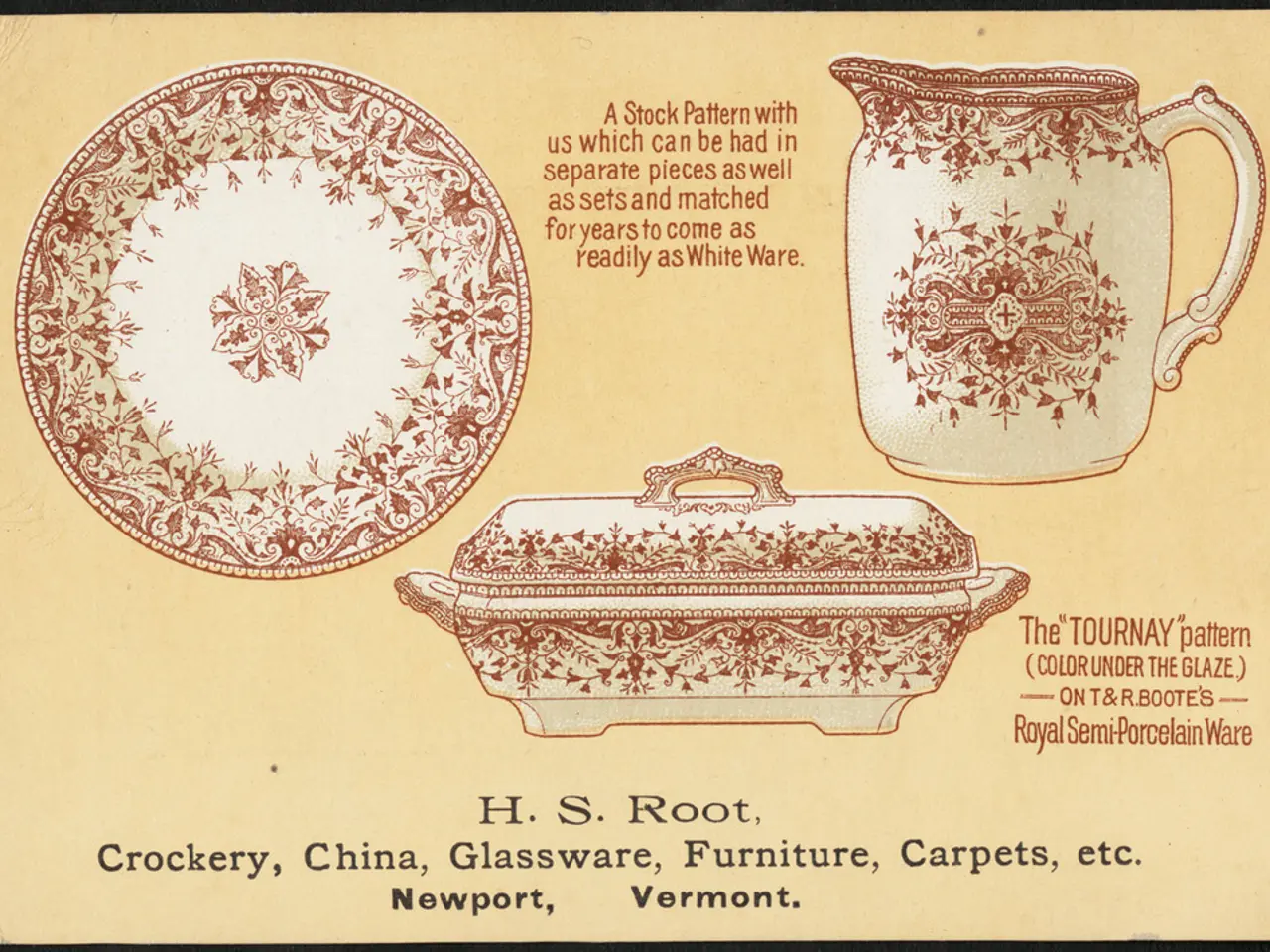Techniques for Copyrighting Your Artwork: A Handy tutorial
Art licensing is an agreement between an artist (or their representative) and a company or individual that allows the use of the artist's work on various products. This arrangement provides a continuous stream of income for the artist, while they retain control over their creation.
Key Terms in Art Licensing
The art licensing process is governed by a licensing agreement - a contract that outlines the terms of how the artwork can be used, the duration of the agreement, and the compensation due to the artist. Some common terms include:
- Royalties: Payments made to the artist for each product sold featuring their licensed artwork.
- Territorial Rights: The agreement may specify geographic areas where the artwork can be used.
- Exclusivity: The agreement may be exclusive, meaning the artist cannot license the same work to another party during the contract term.
Benefits of Art Licensing
Art licensing offers several benefits for artists. It provides a passive income, allows them to define how their work is used, and can help expand their market and increase recognition.
Art Licensing vs Copyright Transfer
Art licensing differs significantly from copyright transfer. In art licensing, the copyright remains with the original creator. This contrasts with copyright transfer, where the copyright is sold to another party, often relinquishing the creator's rights. Licensing typically specifies the exact ways in which the work can be used, whereas transferring copyright may allow the new owner to use the work in any manner they choose.
Practical Guides for Artists
For more practical guides, explore resources like The Artist Handbook, which covers licensing, authentication, pricing, and more.
Case Study: Amber Vittoria
Amber Vittoria, an acclaimed illustrator, regularly pitches, negotiates, and licenses her work to global companies such as Facebook, Gucci, Apple, and The New York Times. She collaborates with UCON ACROBATICS on an exclusive collection.
Navigating Art Licensing Agreements
When entering into a licensing agreement, artists should be aware of potential red flags. These may include vague rights, no termination/sell-off clause, underpriced exclusivity or broad territories, and unlimited modification rights without approval.
Pricing and Modifications
The amount charged for art licensing depends on usage, territory, term, and exclusivity, with models including flat fee, royalty, or a hybrid with an advance recouped against royalties. Brands can modify artworks with limited adaptations (resize/crop/color-match) with the artist's approval; material changes should require consent.
Getting Started with Art Licensing
To get started with art licensing, artists should audit their archive, set default terms, prepare files, pitch well, contract it, review & renew. A lawyer is recommended for big or exclusive deals, but templates can help with initial stages.
In a licensing agreement, you retain the IP rights to the artwork, and you're licensing it to be used for a period of time. Art licensing can result in creative expansion, scalable income, and audience growth.
- Art licensing can potentially broaden an artist's lifestyle, as it allows for scalable income and creative expansion, and also grants them control over how their work is used and distributed.
- In the realm of fashion-and-beauty, books, and entertainment, art licensing offers artists the opportunity to collaborate with various industries, increasing their market and recognition, much like Amber Vittoria has done with global companies such as Facebook, Gucci, and The New York Times.





